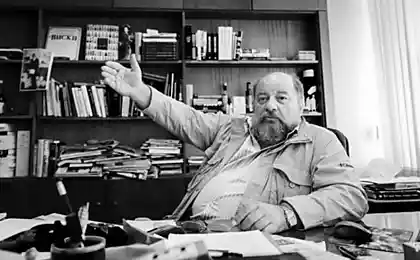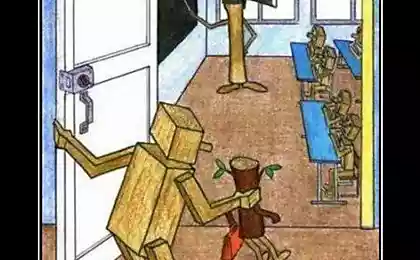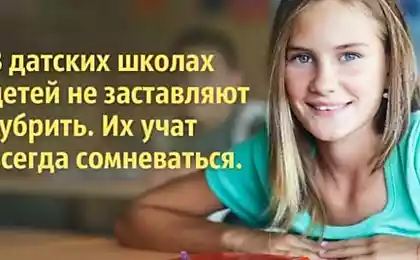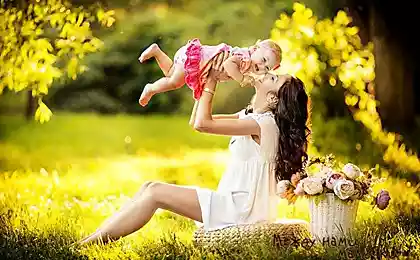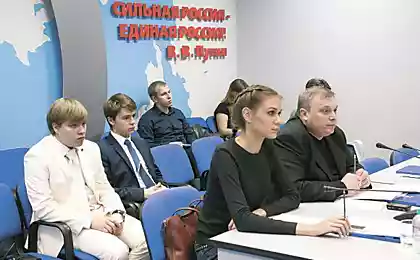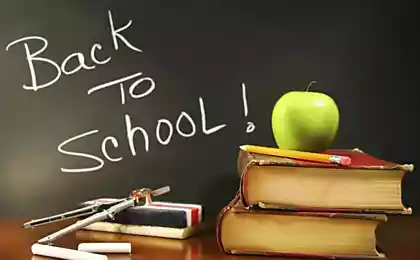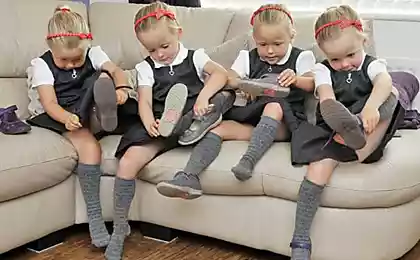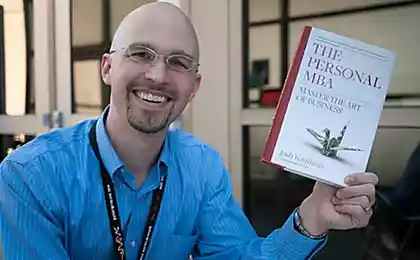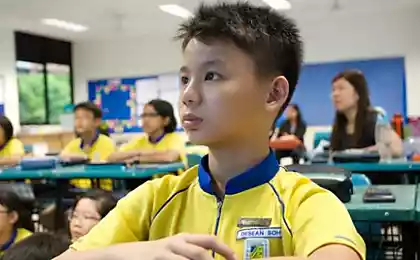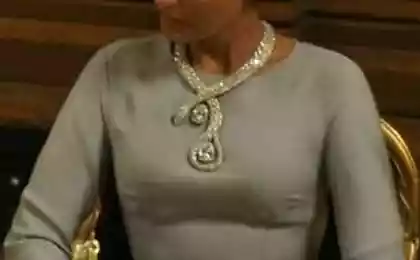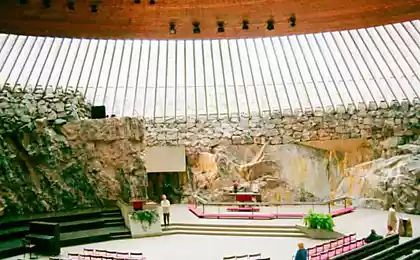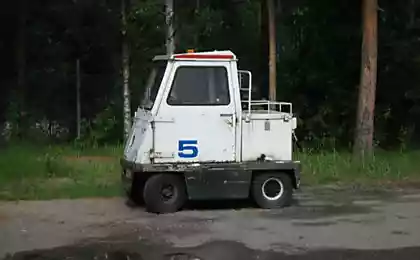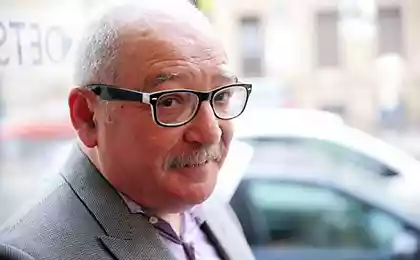857
7 principles of Finnish education

«Either we are preparing for life, or - for the exams. We choose the first ".Natalya Kireyev lives in Helsinki. She recently spoke about the system and the principles of local education and shared her opinion why the Finnish education is considered to be one of the best in the world. Website surprised by its features.
According to international research, that every 3 years holds authoritative Organization for Economic Cooperation and Development, Finnish schoolchildren had the highest level of knowledge in the world
Secondary general education compulsory education in Finland includes two stages of school:
- Lower (alakoulu), 1 to Grade 6;
- Upper (yläkoulu), from 7th to 9th grade.
In a further class of 10 students they can improve their grades. Then the children go to vocational college or continue their studies at the Lyceum (lukio), 11-12 classes in our conventional sense.
7 Principles of the "average" level of the Finnish education:
1. Equality Schools.
Following the principle of equality, in Finland there is a parallel system of education "from kindergarten to university" in Swedish. Not forgotten, and the interests of the Saami people in the north can study in their native language.
Until recently, the Finns were forbidden to choose a school, should send their children to "near." The ban was removed, but most of the parents and give children "closer" because all schools are equally good.
all items.
parents.
Disciples.
Also, there are no "bad" and "good" students. Comparison pupils with each other is prohibited. Children are ingenious and with a large deficit mental abilities are considered "special" and learn with them. In general, the team trained and children on wheelchairs. In a typical school can create a class for students with diseases of vision or hearing. Finns are trying as much as possible to integrate into the society of those who require special treatment. The difference between the weak and strong students - the smallest in the world.
"I resent the Finnish education system, when the school was studying my daughter, by local standards, which can be attributed to the gifted. But when the son went to school, who the abundance of problems, I immediately liked it very much, "- he shared his impressions Russian mother.
Masters.
Equality of rights of the adult (teacher, parent) and the child.
2. BesplatnostKrome of education free of charge:
lunch; , museums and all extra-curricular activities; transport, which picks up and returns the child, if the nearest school is within two kilometers; textbooks, all stationery, calculators and even laptops, tablets.
3. IndividualnostDlya every child is offered an individual plan for learning and development. Customization for the content of used textbooks, exercise, the number of classroom and homework and the time allotted to them, as well as the material taught: who "roots" - a more detailed account, and from whom required "tops" - briefly about the main thing.
A lesson in the same class children perform exercises of different difficulty levels. And they will be judged according to the personal level. If perfectly fulfilled "its" initial complexity of the exercise, has received "excellent". Tomorrow will give a higher level - not right - do not worry, we again obtain a simple task.
In Finnish schools, along with the usual training are two unique varieties of the educational process:
Supportive Learning "weak" students - what in Russia are engaged in private tutoring. Finland does not have the popularity of tutoring, school teachers volunteered to cope with the additional help during the lesson or after it. Correctional Training - with sustainable common problems in the assimilation of the material, for example, because of misunderstanding of the non-native Finnish language of instruction, or due to difficulties with memory, mathematical skills, as well as asocial the behavior of some children. Corrective training is carried out in small groups or individually. 4. PraktichnostFinny say: "Either we are preparing for life, or - for the exams. We choose the first. " Therefore, examinations in Finnish schools there. Control and intermediate tests - at the discretion of the teacher. There is only one mandatory standard test at the end of secondary school, the teachers do not care about its results, to anyone for him and the children do not report specifically prepared: that is, then good.
The school taught only what you may need in your life. The apparatus of the blast furnace, for example, is not useful, and does not learn it. But the local kids from childhood know what the portfolio contract, a bank card. They know how to calculate the percentage of the tax on inheritance or income earned in the future, to create a business card site online, calculate the price of the goods after several discounts or portray the "wind rose" on the area.
5. DoverieVo First, to school staff and teachers: no checks RONO, Methodists, teaching how to teach, and so on. The program of education in the country unified, but is only general guidelines, and each teacher uses the method of teaching, which considers appropriate.
Secondly, the credibility of the children in the classroom, you can do something their own. For example, if the lesson of literature included an educational film, but the student is not interested, he can read a book. It is believed that the student chooses what is more useful for him.
6. DobrovolnostUchitsya one who wants to learn. Teachers try to attract the attention of the student, but if he has absolutely no interest in or ability to learn, the child orient to practically useful in the future, "simple" profession and would not bomb "two". Not all build planes, someone has to drive the buses well.
The Finns also see this problem of high school - to identify whether this teenager to continue their education at the Lyceum, or rather the minimum level of knowledge, who is more useful to go to a vocational school. It should be noted that both the way the country is equally valued.
Revealing aptitudes of every child to a particular activity by tests and interviews busy with school staff specialist - "teacher of the future».
In general, the process of learning in Finnish schools is soft, delicate, but it does not mean that you can "score" on the school. Control mode of school is required. All lessons will be missed "otsizheny" in the literal sense. For example, a grade 6 student teacher can find a "window" in the schedule and put him on the lesson in classroom 2: sit, bored and think about life. You will interfere with the youngest - an hour will not include. Do not perform a given teacher, do not work in the classroom - no one will call parents to threaten, insult, referring to mental incapacity or laziness. If the parents are not concerned about their child's learning, he will not go quietly to the next grade.
Stay for the second year in Finland nepozorno, especially after the 9th grade. By adulthood need to prepare seriously, so in Finnish schools have an additional (optional) Grade 10.
7. SamostoyatelnostFinny believe that schools should teach a child to master - an independent future successful life. So here are taught to think and acquire knowledge itself. Topics teacher does not tell - everything is in the books. It is important not learned the formula, and the ability to use reference, text, internet, calculator - to attract the necessary resources to address the current problems.
Also, school teachers do not intervene in the conflict of students, giving them the opportunity to prepare for life situations comprehensively and develop the ability to stand up for themselves.
The educational process in the "same" Finnish schools, however, is organized very differently.
When and how much learning? The academic year begins in Finland in August, from 8th to 16th, there is no single day. And ends in late May. In the autumn half has 3-4 days of autumn vacation and 2 weeks of Christmas. The spring term consists of week of February - "ski" vacations (Finnish families usually go skiing together) - and Easter.
Education - five days, but the day shift. Friday - "short day».
What learning? 1-2 class:
3-6 class:
In the 5th grade added biology, geography, physics, chemistry, history. From 1 to Grade 6 education is one teacher for almost all subjects. Lesson of physical education - is any sports game 1-3 times a week, depending on the school. After the lesson is mandatory shower. Literature, in the usual sense, not studied, but rather reading. Subject teachers appear only in 7th grade.
7-9 class:
Who needs assessment? The country has adopted a 10-point system, but grade 7 applies verbal score mediocre, satisfactory, good, excellent. From 1 to 3 class mark in any variants absent.
All schools are connected to the electronic system of state «Wilma», something like an electronic diary of the school to which parents receive a personal access code. Teachers assign grades, write omissions informed of the child's life at school; psychologist, social worker, "the teacher of the future", a paramedic also leave there the necessary information to parents.
Estimates in the Finnish school did not have a sinister painting and required only for the student, used to motivate a child to achieve this goal, and self-test that could improve the knowledge, if desired. They do not affect the reputation of teachers, school and district performance does not spoil.
Trivia school life The territory of the school is not fenced, there is no security at the entrance. Most schools have a system of automatic lock on the front door to enter the building can only be according to the schedule. Children do not necessarily sit behind desks, tables, and can be on the floor (carpet) to stay. In some schools, the classes are equipped with sofas, armchairs. Facilities elementary school and carpeted floor mats. The shape is not, as well as any requirements about clothing, you can come even in your pajamas. Indoor shoes required, but the majority of junior and middle managers prefer to run around in socks. In warm weather, lessons are often held outdoors at the school, right in the grass, or in specially equipped as an amphitheater benches. During elementary school pupils of change required to bring to the street, even for 10 minutes. Homework rarely asked. Children need to rest. And parents should not be involved with their children the lessons, teachers recommend instead a family trip to the museum, the forest or the pool. Training "at the board" is not used, do not cause children to retell the material. The teacher sets the tone short lesson, then goes between the students, helping them and controlling the execution of tasks. The same is engaged and the assistant teacher (there is such a position in the Finnish school). in a notebook with a pencil can write and erase as much as necessary. Moreover, the teacher can check the job pencil!
However, the most important Finnish school definitely does. Their children do not cry out in the night from nervous strain, do not dream to grow quickly, do not hate school, do not torment yourself and the whole family, preparing for the next exam. Quiet, thoughtful and happy, they read books, watch movies easily without translation into Finnish, play computer games, are riding on roller skates, bikes, bikes, compose music, plays and sing. They enjoy life. And between all this time to also learn.
via terve.su/zagadki-finskoy-shkoly-menshe-uchi

